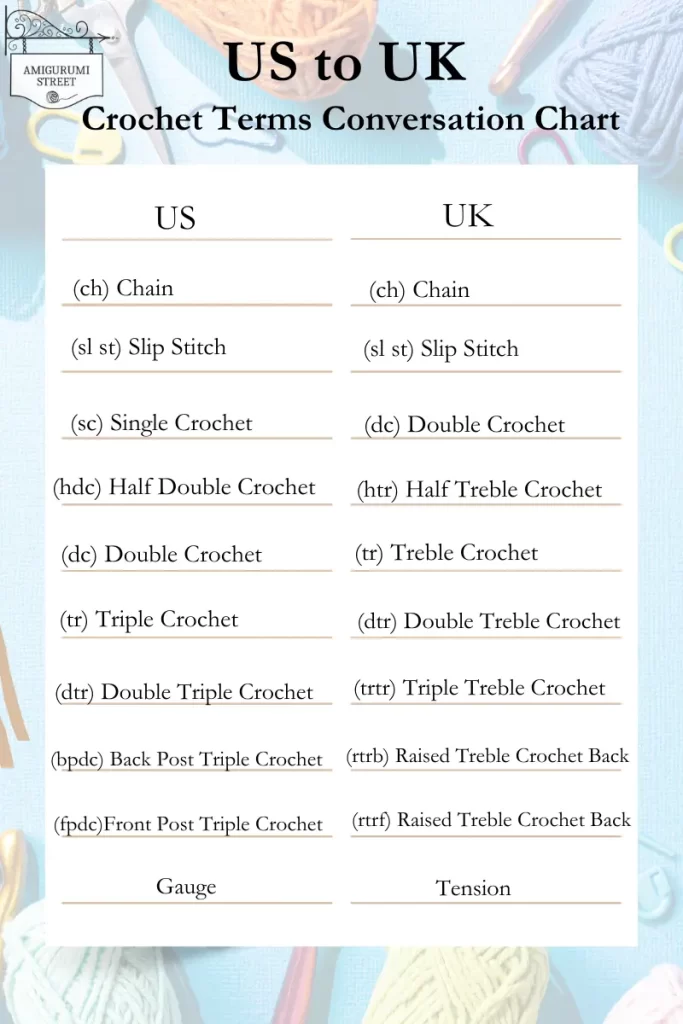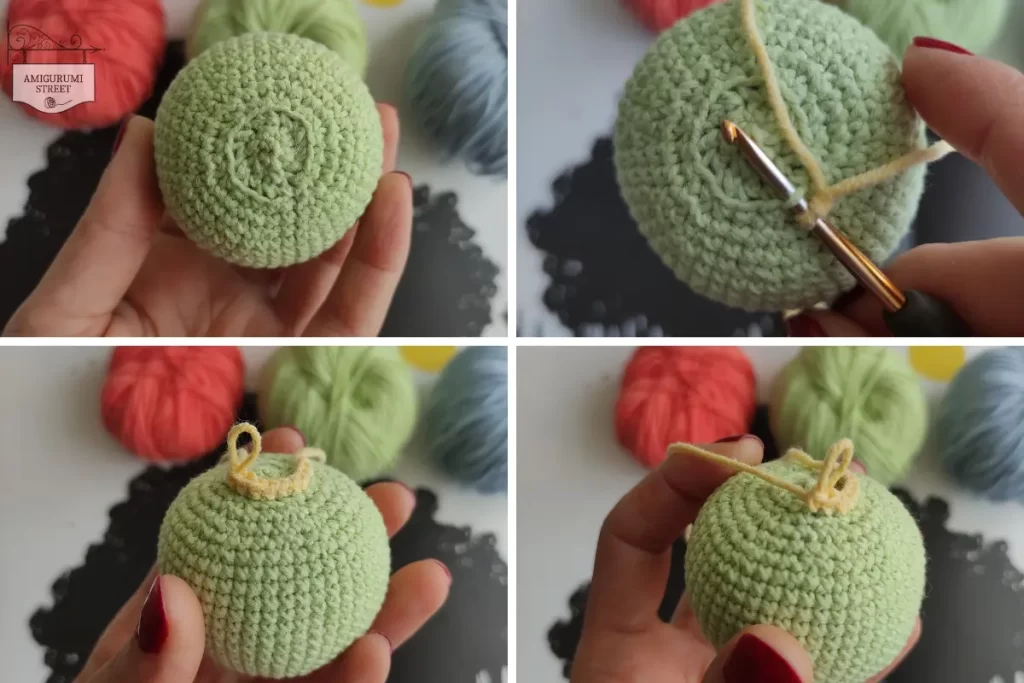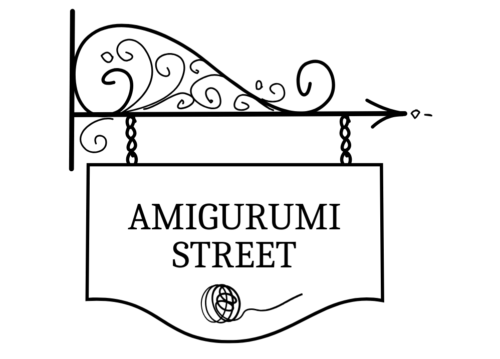When you do a little research on the history of crochet, you will see very interesting and contradictory information. While some attribute the origin of crocheting to the Arabian peninsula, others mention that it is an old Danish technique. Although sometimes such topics broaden my horizons and inspire me, today I am not in that mood at all. I would like to make up my own story instead.
In my world, we learned to crochet from birds. You may have seen birds building different nests from a wide variety of materials in various places. And they raise their chicks in those nests, so I think that their technique must be much better than ours. I especially admire the weavers who build pendant-shaped nests. How I wish I grew up in one of those homes. Of course, people didn’t learn crocheting by watching birds building nests in my story. Because that would be so boring! I like to think that long ago, special people who knew the language of birds learned from the birds themselves. Together they found techniques suitable for humans.

I was having a good time thinking about the details of my story while crocheting the rattles. That’s why I wanted to connect this story to the subject of my article. Why are two different terminology standards in English pattern writing, US and UK? Moreover, the same terms are used for different stitches. I know it sounds very confusing, but it is not a problem that cannot be overcome with just a table if it is stated which standard the pattern is written by. If you’re wondering what the reason is, I have fun thoughts for that too. I think this difference stems from an argument between the birds. I believe that the storks and the weavers have a difference of opinion on this issue. It’s fun to imagine them arguing about which stitch is a double crochet. Some people preferred one of these two schools, some the other. Thus, there have been two separate standards in English pattern writing: US terms and UK terms.

I must admit, these thoughts did not come to my mind out of nowhere. When my beloved parrot watches me with judgmental eyes while I am crocheting, I immediately check to see if I missed a stitch or read the pattern wrong. Even though she is not a member of a bird species that builds its nests, it is obvious from her looks that she is knowledgeable about crocheting. (No matter what I do, she watches me, judges me, and makes me doubt myself. She has such an effect on me). I guess I started to think that we learned to crochet from birds because of her. I like to show the toys I have made to my parrot and chat about them. Let me share our reviews with you.
The pattern I will introduce today is the Sleepy Baby Bear and Bunny Rattle Stick Pattern by Bella Coco Crochet. I hope this table will be helpful to you as it is written in UK terms:

This article will be the first article of 2024, I wanted it to be a good start, with a pattern that warms my heart. I chose this pattern for our nephew. My sister-in-law will have a baby in February. While I was making my nephew’s rattle, I decided to make rattles for all the babies I knew.
First, let me talk about my favorite aspects of the pattern. I finished it in just 4 hours. It’s a pattern you can easily finish in one day. The size is very nice. I find this pattern very suitable as a newborn gift. The way the head and the stick are combined is one of my favorite parts. Only his ears need to be sewn up. For this reason, it is a beginner-friendly pattern.
The descriptions of the pattern are sufficient, but I would like to see more photos. I added photos of the assembly stage of the head and handle because I thought they would be useful for you.

The pattern includes both rabbit and bear ears. They both look very cute. When you click on the link to the pattern, you will notice that I made the bunny ears shorter than the original. I don’t like having long parts when making toys or rattles for very small babies. Even though it changes the appearance of the ear a little, I feel more comfortable this way. I crocheted 15 rows instead of 23 rows and made a rabbit ear exactly as I wanted. Since it is not a safe eye, it has no hard parts. It was a very safe rattle for babies.
The pattern doesn’t state in which rows we should change the color. I wanted to show you how it looks in different ways by making lines in very different rows as seen in the photos. I liked them all. If you want to make a rattle exactly as it appears in the photos of the original pattern, you should change the color on rows 3, 6, 9, and 12 of the stick. The look of the face is very nice. But I didn’t like the rosy cheeks because they were too cute for me.

There’s nothing more to say about the pattern. It was a pattern I came across frequently and I liked it in photographs. I’m glad I tried it. I liked it more when I did it. I tried different colors and they all turned out very nice. I hope you like it too. The story of learning how to crochet from birds cheers me up. I feel like if something has something to do with birds, it’s magical and brings good luck. When I give this rattle to my nephew, I will tell him my story. And I hope that the magic in this rattle will protect it like birds protect their young. Although it is enough to review the patterns together with my parrot, we would both like to hear your opinions. We are waiting for your comments. With love.




